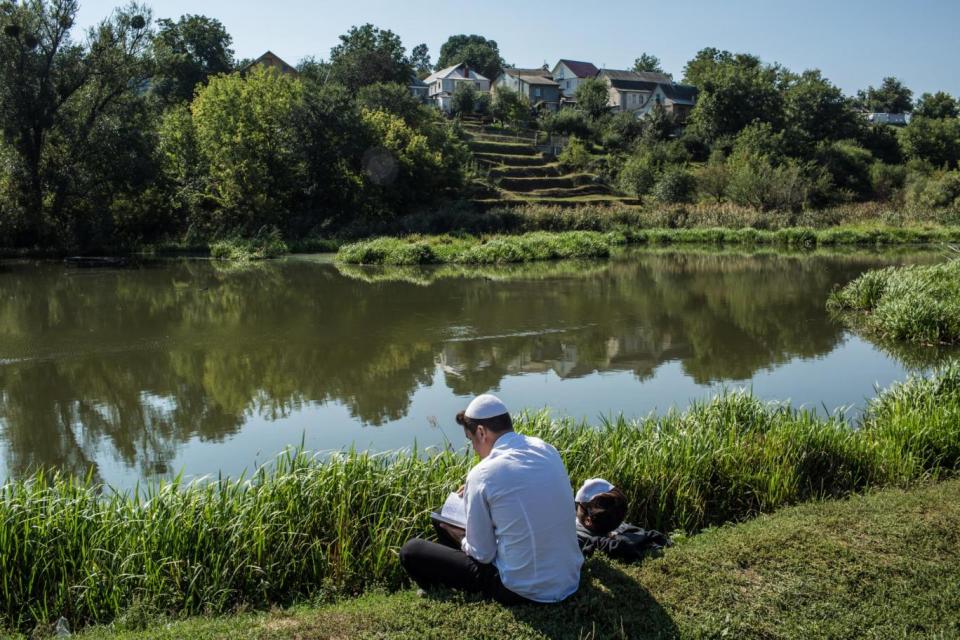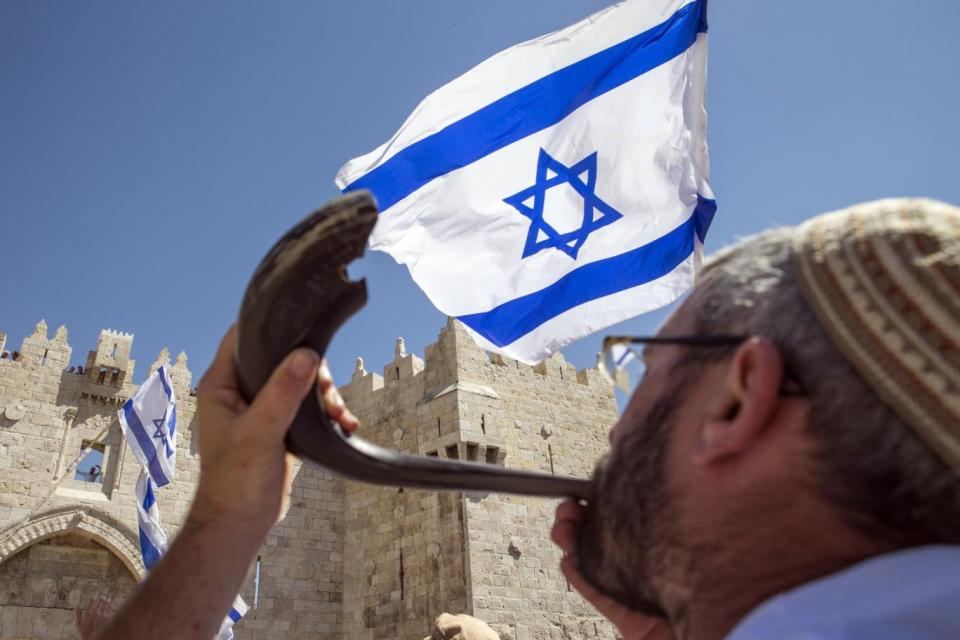Rosh Hashanah 2017: what is it and when is it celebrated?
At sundown on Wednesday 20 September Rosh Hashanah, or Jewish New Year, will begin.
The two day celebration that follows marks the first and second days of the Jewish year. Festivities continue into nightfall on Friday 22 September.
Unlike Gregorian New Year, the exact date of the Jewish New Year varies because it’s based on the lunar calendar. Last year Rosh Hashanah was on 2 October.
It’s a festive celebration to be shared with friends and family, but also a time for serious reflection.
Here’s everything you need to know about Rosh Hashanah 2017:
What is it?

With Rosh Hashanah begins 10 days of repentance, where Jewish people repent for their sins of the previous year and are judged for their sins by god.
These 10 days end in Yom Kippur, otherwise known as the Day of Atonement. This is the holiest day of the Jewish calendar and is marked with a day of fasting, praying and repenting.
What does it
Rosh Hashanah literally translates to “the head of the year” in Hebrew. In biblical terms, the celebration is known as Yom Teruah, or “Day of Shouting”.
Why is it now?
Rosh Hashanah is believed to be the birthday of the universe, or the day God created Adam and Eve.
What happens?

Much of both days is spent at synagogue. Central to celebrations is the sounding of a shofar, or a hollowed out ram’s horn, which can be heard after readings from the Torah (holy book) during morning services. Up to 100 blasts of the shofar can be heard throughout New Year at the synagogue. The sound of the horn represents a call to repentance.
It’s also a time to be with family and share delicious food: sweet foods are customary during Rosh Hashanah as they signify a sweet new year. Traditionally, this includes honey cakes and breads, or apples dipped in honey. Fish heads are also eaten to symbolise the head of the year, and pomegranates, which are said to have 613 seeds: one for each of the 613 commandments they keep.
As with every major Jewish holiday, women and girls light candles on each evening of Rosh Hashanah and recite blessings.
Why is it two days?
It’s not actually two days for everyone: the length of celebrations varies. Orthodox Jews in the diaspora (living outside of Israel) observe the festival for two days. It's only one day for other denominations, but the theme of the day is the same for everyone: judgement.
Shanah Tovah!
In Hebrew, this means “[have] a good year!”

 Yahoo News
Yahoo News 
